Highlands Biological Station
History
Since its founding in 1927, the Highlands Biological Station (HBS) has expanded to a 24-acre campus featuring four residential buildings that can accommodate up to 52 guests, fully equipped research and teaching laboratories, indoor and outdoor classrooms, a historic WPA-built Nature Center, and a distinctive native plant Botanical Garden.
Today, HBS fulfills its educational and research mission through a variety of programs and partnerships, including:
- Providing financial and facility support for scientific research and graduate training.
- Offering academic courses across a range of field biology disciplines.
- Hosting visiting university classes and other educational groups.
- Collaborating with local and regional conservation nonprofits.
- Delivering diverse outreach programs for K–12 students, community members, and lifelong learners
Research at HBS spans a broad array of biological systems, reflecting the rich biodiversity of the southern Appalachian region. Areas of focus include plants, insects, fungi, mammals, birds, fish, terrestrial and aquatic ecosystems—and especially salamanders. As a global hotspot for salamander diversity, particularly the lungless Plethodontidae family, the region has made HBS a long-standing hub for salamander research.
Studies conducted at or facilitated by HBS have explored topics ranging from taxonomy and systematics to ecology, evolution, conservation biology, ecophysiology, and ecosystem dynamics. This legacy is reflected in a robust archive of scientific publications, graduate theses and dissertations, and research reports.
A complete database of research products from HBS is currently being compiled. For a listing of works published since 2000, please follow the links below.
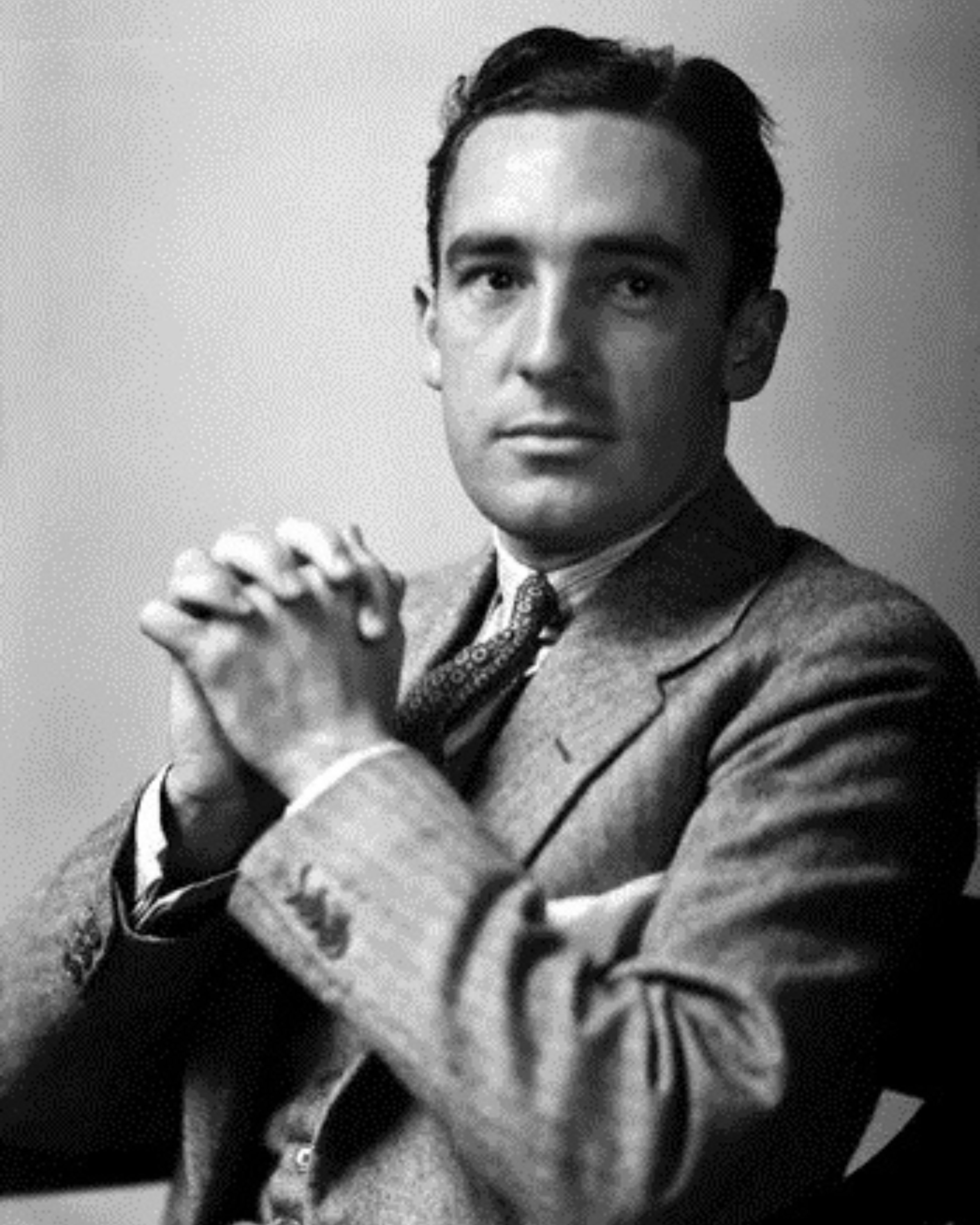
Founding Figures of the Highlands Biological Station
The early development of the Highlands Biological Station was shaped by a group of visionary scientists and leaders who recognized the unique ecological value of the southern Appalachian region:
-
William C. Coker
A prominent botany professor at UNC-Chapel Hill and the second Director of HBS, Coker was one of the first researchers to conduct scientific work in Highlands. -
Clark T. Foreman
Founder and first President of the Highlands Museum Association, Foreman played a key role in establishing the Station’s foundation. He served in the U.S. Department of the Interior under President Franklin D. Roosevelt (1933–1941) and was the grandson of the founder of The Atlanta Constitution. -
Clifford Pope
A herpetologist with the American Museum of Natural History, Pope was instrumental in broadening the vision of the early Highlands Museum. He encouraged Foreman and the organization’s board to support scientific research, helping bring both Coker and Reinke to Highlands. -
Edward E. Reinke
The first Director of HBS and a zoology professor at Vanderbilt University, Reinke was among the earliest scientists to base his research in Highlands, helping lay the foundation for what would become a premier field station.
Notes from the Archives
Step back in time with us as we uncover the stories behind the people, places, and historic buildings that helped shape the Highlands Biological Station into the vibrant center for research and education it is today. Through this series, we invite you to explore the rich legacy of HBS—from visionary founders and groundbreaking scientists to the evolution of our beloved campus. Whether you’re a longtime supporter or a curious newcomer, we hope these glimpses into our past deepen your connection to our mission and inspire future discovery.
Explore the History of the Highlands Biological Station
The rich legacy of the Highlands Biological Station has been chronicled in numerous books, essays, and scientific publications. Below is a curated selection of works that highlight the Station’s development, research achievements, and ongoing contributions to science and education:
-
Bruce, Richard C. (2017). Lungless in Highlands: A brief history of research and education on plethodontid salamanders at Highlands Biological Station.
Herpetological Review 48(3): 576–581. [PDF] -
Costa, James T. & Ralph M. Sargent (2012). Highlands Botanical Garden: A Naturalist’s Guide.
Highlands, NC: Highlands Biological Foundation, Inc. [Introduction, pp. 2–7] -
Costa, James T. (2013). Highlands Biological Station – Our “continuous project.”
Essay written upon completion of the 2013 HBS master site plan. [PDF] -
Howell, Thelma (1963). The Highlands Biological Station, Inc.
American Zoologist 3(3): 342–343. [PDF] -
Sargent, Ralph (1977). Biology in the Blue Ridge: Fifty Years of the Highlands Biological Station, 1927–1977.
Highlands, NC: Highlands Biological Foundation. -
Shaffner, Randolph P. (2001). Heart of the Blue Ridge Highlands, North Carolina.
Highlands, NC: Faraway Publishing. [Chapter 17: pp. 343–354] -
Woodley, Sarah K., James T. Costa, & Richard C. Bruce (2017). Introduction to the Special Highlands Conference on Plethodontid Salamander Biology.
Herpetologica 73: 177–179. [PDF]
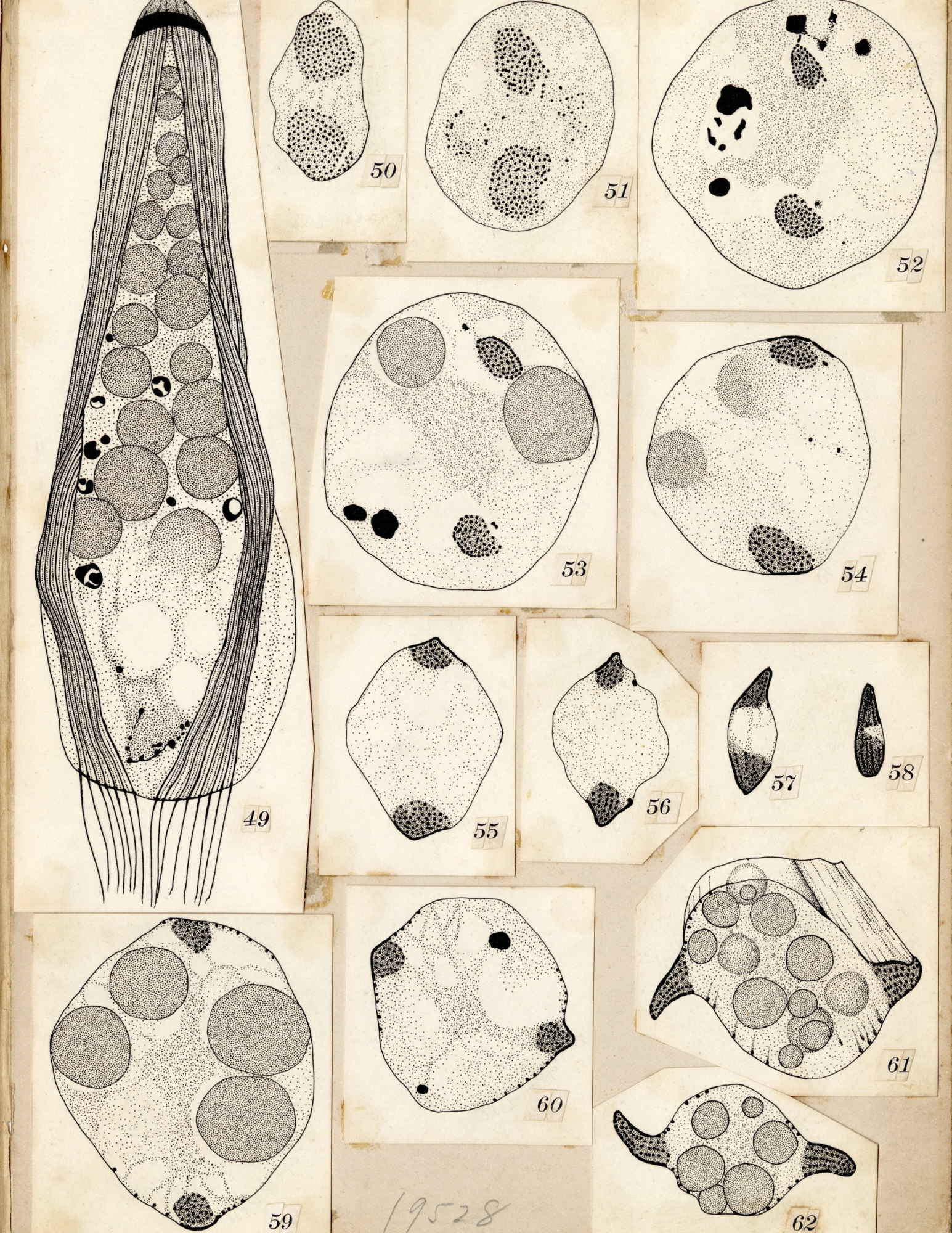
1927
In 1927, Clark Foreman, along with a dedicated group of local citizens, founded the Highlands Museum Association. Their goal was to create a space that would promote the appreciation and understanding of the region’s unique natural and cultural heritage. This collaborative effort laid the foundation for what would eventually become a lasting institution dedicated to education, conservation, and community engagement in the Highlands area.
July 4, 1928
The Highlands Museum Association opens its first museum in a one-room addition to the Hudson Library, marking the beginning of public exhibits in Highlands.
Late 1930s
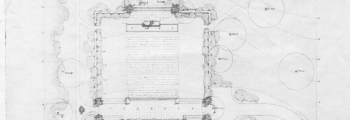
Construction begins on a dedicated museum building at the Station, designed and built through the efforts of the Works Progress Administration (WPA).
1931
The first research laboratory opens at the newly incorporated Highlands Museum and Biological Laboratory, marking the beginning of formal scientific research on site.
1941
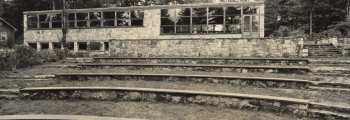
The Highlands Museum and its outdoor amphitheater officially open, uniting the Station’s research and education missions in a shared public space.
1940s – 1950s
A period of significant growth, with expanded research efforts across multiple scientific disciplines and a notable increase in government funding. This era laid the groundwork for the Station’s development into a nationally recognized field research and education center.
1950s – 1960s
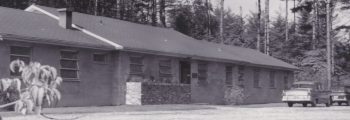
The Station sees continued expansion with the construction of additional research facilities and the first on-site residential buildings, enhancing its capacity to host visiting scientists, students, and long-term research projects.
1960s
Field-based academic courses are introduced, providing hands-on learning experiences for students. During this decade, the Grant-in-Aid of Research program is also established with support from the National Science Foundation, offering funding opportunities for student-led research projects.
1962
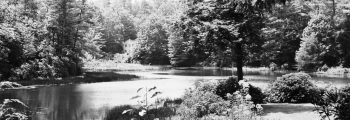
The Highlands Botanical Garden is established, creating a living collection of native plants for education and research. Much of the land for the Garden is generously donated by the Foreman family, furthering their legacy of conservation and support for the Station.
Mid 1970s

Highlands Biological Station becomes an inter-institutional center of the University of North Carolina system, strengthening its academic partnerships and statewide reach. During this time, the Highlands Biological Foundation is also established to support the Station’s educational and research missions through fundraising and community engagement.
2001
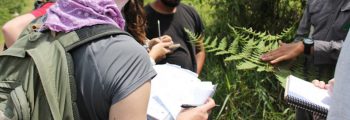
Highlands Biological Station forms a partnership with the Carolina Environmental Program, which later becomes the UNC Institute for the Environment. This collaboration enhances opportunities for interdisciplinary research, education, and environmental outreach.
2000s – 2010s

Highlands Biological Station experiences a period of major upgrades, including renovations to laboratories and dormitories, enhancements to outdoor learning spaces, and continued development of the Botanical Garden, all aimed at supporting a growing community of researchers, students, and visitors.
2018

Highlands Biological Station becomes a multi-campus center of Western Carolina University, further solidifying its role within the UNC system and expanding its capacity for research, education, and public engagement across the region.
